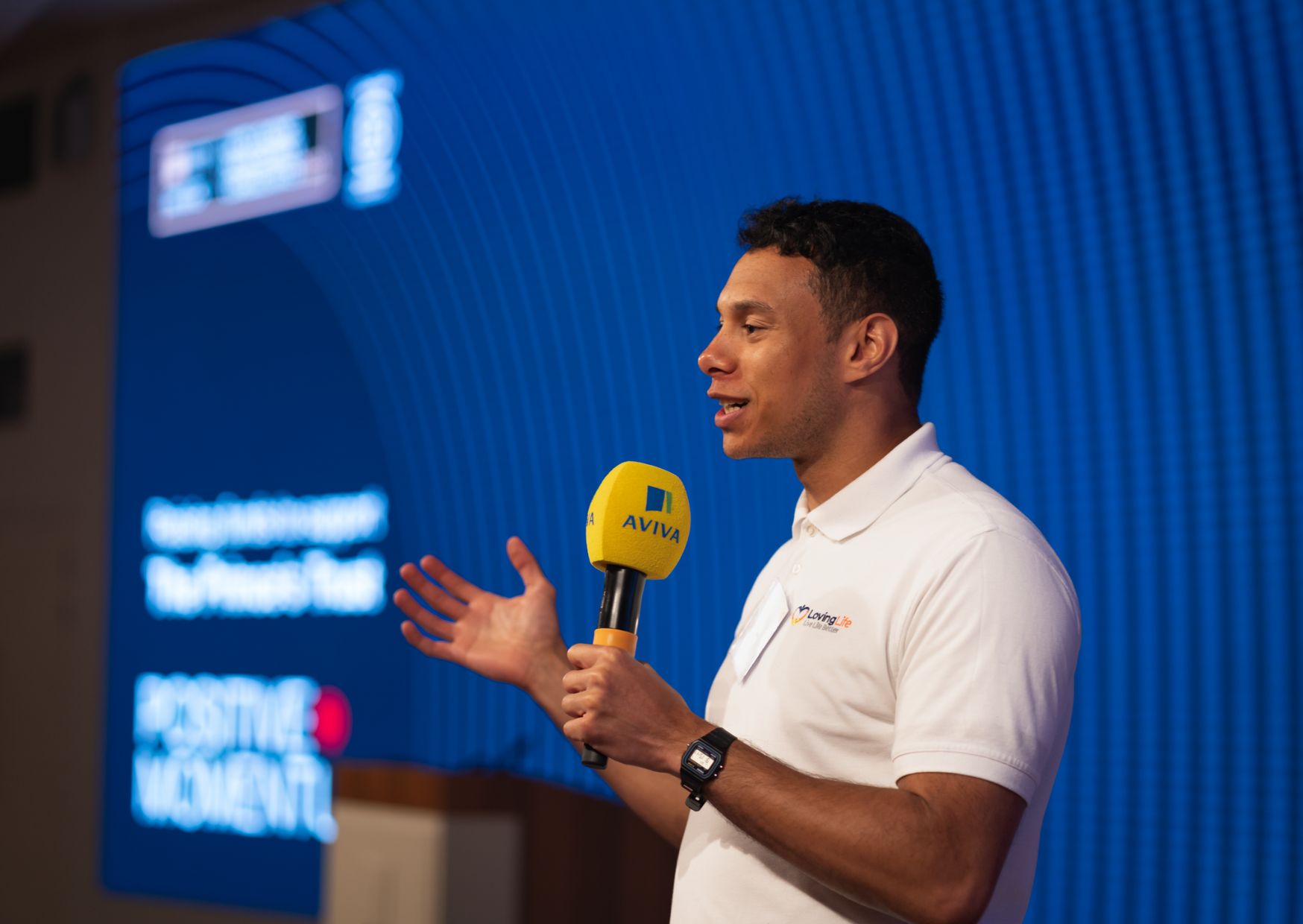My Journey Into Public Speaking!
In my university days, I made the decision to always try and challenge myself. Our lecturers would often look for volunteers during classes.
They needed people to ask or answer questions to keep the discussions lively. Thinking it would help me understand the subjects better, I stepped up.
This decision felt like diving headfirst into the deep end of a pool. The experience was overwhelming and, yes, uncomfortable. But I saw it as a chance to challenge myself, to grow from this self-imposed test.
I volunteered repeatedly, pushing my own boundaries. It was a leap of faith, driven by my desire to develop a growth mindset.
This was my first step towards the journey of becoming a public speaker.
In this blog I’ll share some valuable tips for improving your public speaking, calming your mind before speaking, and how you can work towards being the best public speaker you can.
Contents
Embracing Failure as a Public Speaker
Gaining Confidence from Others as a Public Speaker
My 3 Tips Before Public Speaking
Public Speaking Techniques I Find Useful
Video on Overcoming the Fear of Public Speaking
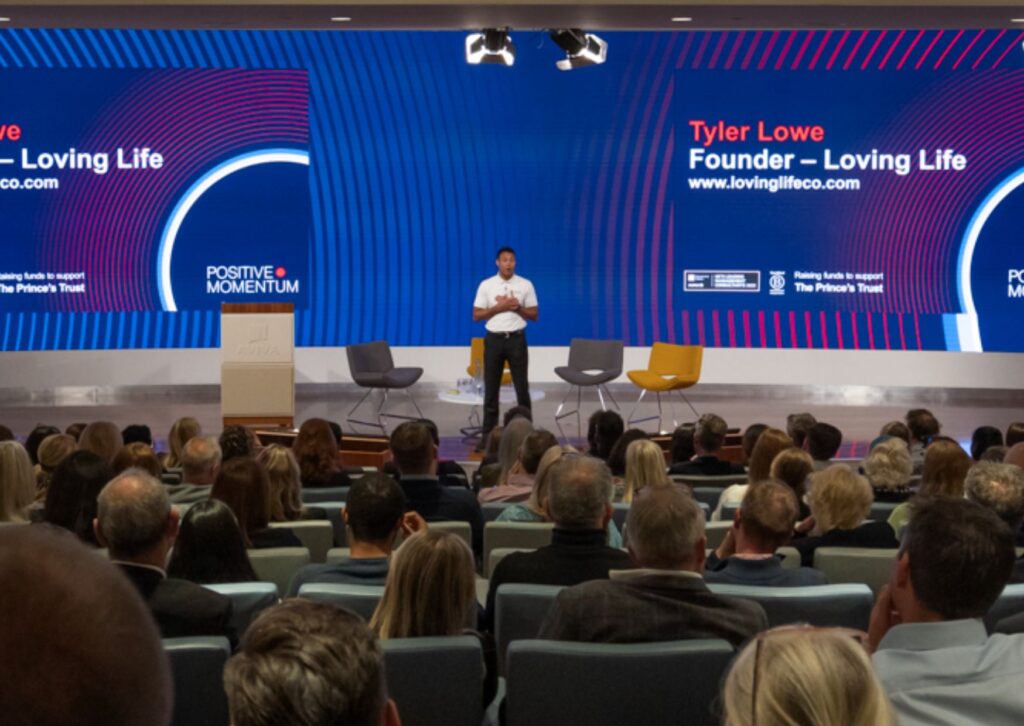
What is Public Speaking?
Public speaking is the process of communicating information to a live audience.
The purpose of public speaking can range from simply transmitting information, to motivating people to act, to simply telling a story.
Good public speakers should be able to change the emotions of their listeners, not just inform them.
Public speaking can include any form of speaking to a group of people in a structured, deliberate manner intended to inform, influence, or entertain the listeners.
Skilled public speakers are able to use their voice, tone, and body language to keep an audience engaged and convey their message effectively.
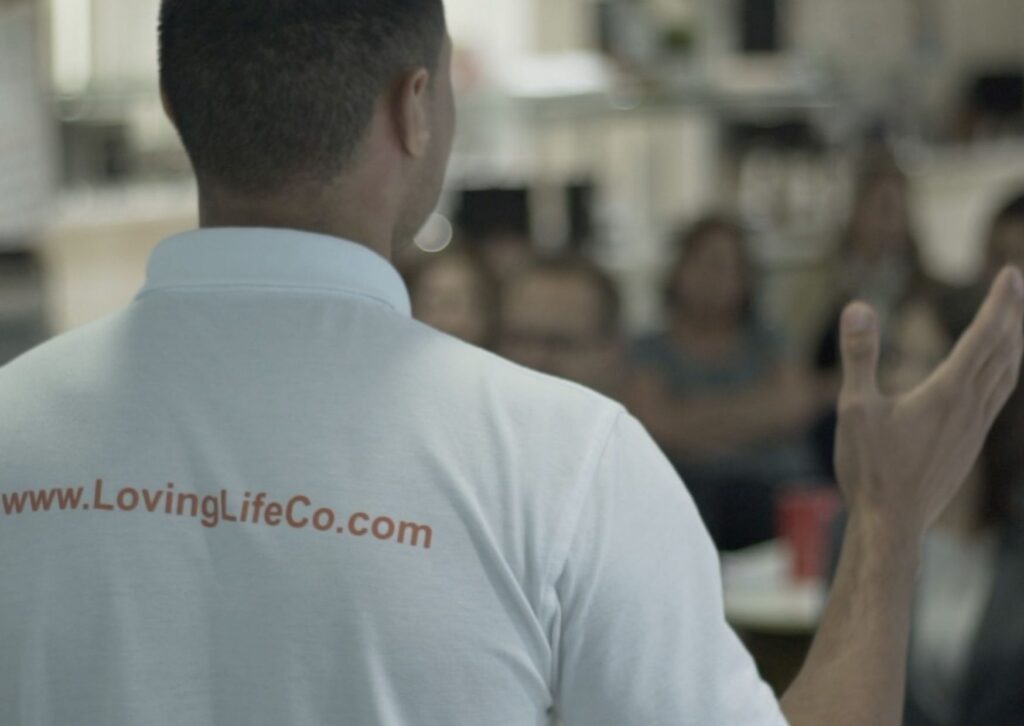
The Public Speaking I Do Now
I’m a wellbeing speaker and often deliver wellbeing workshops and webinars to help companies support the health and wellbeing of their employees.
As an ambassador for The Prince’s Trust I also get invited to events to share my business journey and story to help fundraise and inspire others.
When I can, I try to speak with local young people to help inspire, encourage and motivate them to do positive things in their life.
I grew up with humble beginnings and it’s lovely to be able to give back in this way.
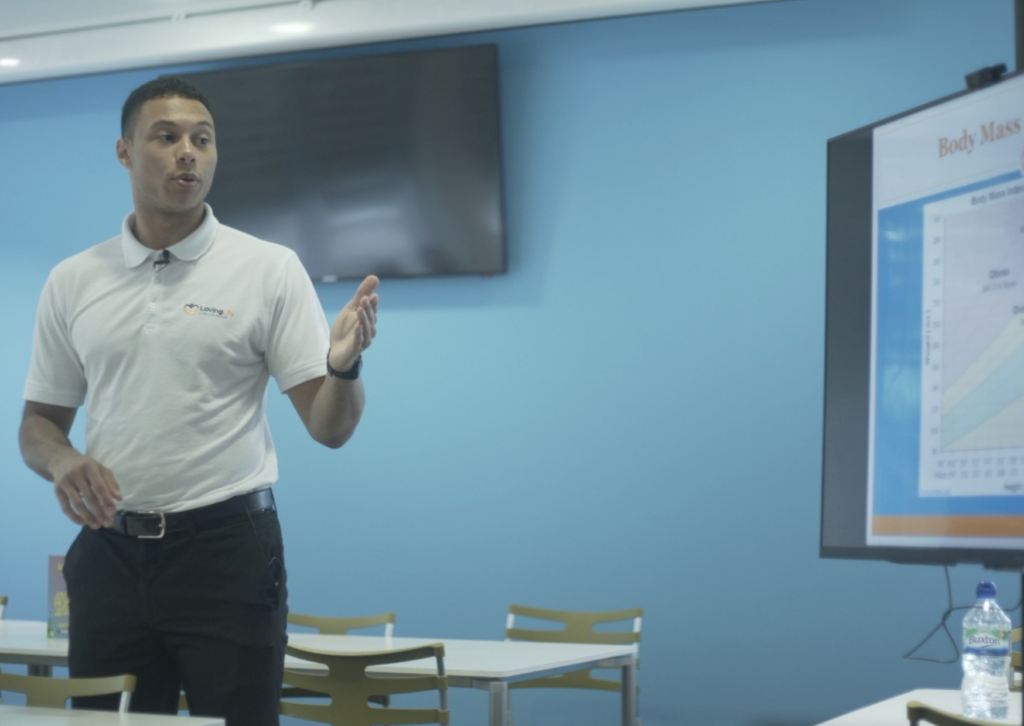
Embracing Failure as a Public Speaker
Failure is often looked at as a negative but I see it as the complete opposite.
When we fail, it gives us an opportunity to learn and grow.
When I initially started stepping up at university to answer questions in front of the class, I was often hesitant, my answers didn’t come across with confidence and sometimes I stumbled on my words.
However, each time I did it, it allowed me to learn and improve until it got to a point where I felt comfortable volunteering to answer questions.
Failing is a natural part of any form of learning. If we’re not failing, how do we know what to improve on?
A quote I love to be reminded of is “Failure is not the opposite of success, it’s part of the success” I can’t reference who said it but it always reminds me that failing is okay.
In order to embark on your public speaking journey, you have to be willing to fail, but most importantly, learn from it.
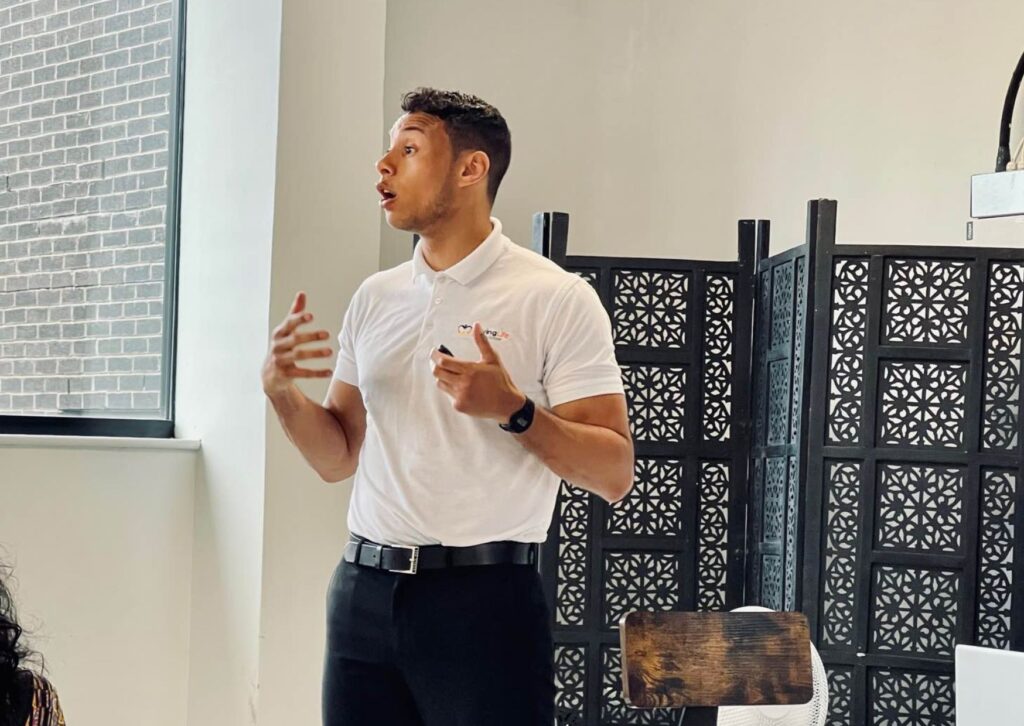
Gaining Confidence from Others as a Public Speaker
There are some amazing public speakers on this planet and you can learn from all of them.
Gaining confidence from others can help you believe that you can do it too.
We’re all human and nobody was born a public speaker, somewhere along the way they had to practice, learn and improve.
I personally like to watch TED talks to see other speakers’ delivery styles, techniques, and content. This helps me gain confidence by learning from others.
This is actually something I talk about in my “Build Unstoppable Confidence” workshop.
Imagine the first time you jumped into a swimming pool, or learned to ride a bike. When you saw someone else do it you knew that it was possible.
It’s the same principle with public speaking, gain confidence from wherever and whoever to help you on your journey.
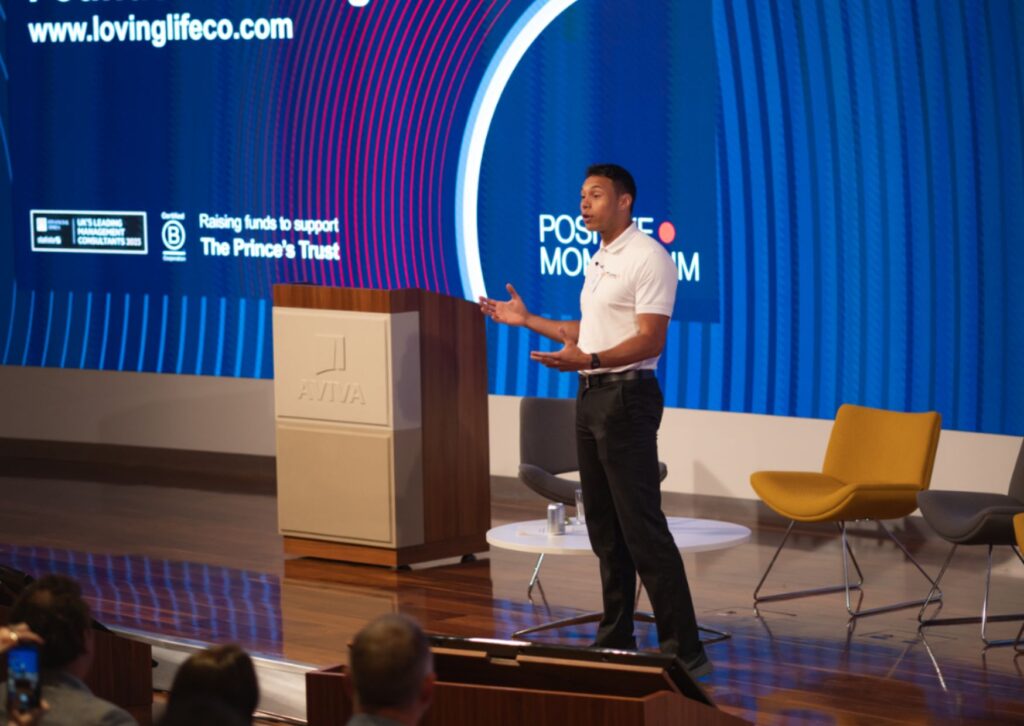
My 3 Tips Before Public Speaking
Look and Feel the Part
Personal stylist Sian Clarke talks about the importance of looking and feeling the part to help us with our confidence.
The clothes we wear can empower us, encourage us and make us feel unstoppable.
When we feel comfortable in the clothes we wear, we can use this confidence to help us throughout our public speaking engagements.
For big events, I personally like to get a fresh haircut and wear a nice suit. This helps me feel empowered to deliver the best talk possible.
If I’m delivering a wellbeing workshop, my uniform gives me confidence. Wearing my business uniform helps to remind me that I’m a professional, as well as ensuring I feel like one too.
Practice and Prepare
This concept is simple, the more we practice, the more prepared we feel. This helps to increase our confidence.
When I first started delivering workshops, I used to practice in my living room, practice in front of a mirror and then ask a friend or family member if I could practice in front of them.
Repetition, repetition, repetition.
This might sound boring, but the more you practice, the easier it will become.
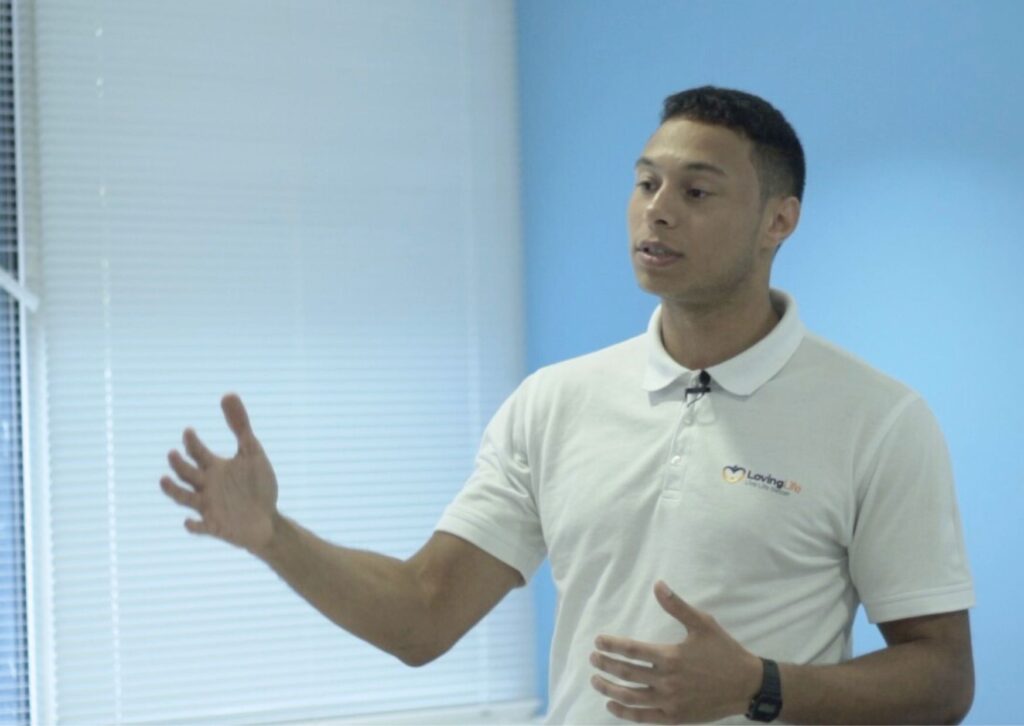
Getting In the Zone
Before any public speaking engagement I like to get in the zone.
This is where I mentally prepare my mind for what I’m about to do.
Whether it’s listening to a specific song to pump myself up, or doing some breathing exercise to calm my nerves, I do whatever I feel is best at the time to get in the zone.
Sometimes I go over my speech in my head, sometimes I relax completely, I adapt to different methods depending on the environment and the talk I’m about to deliver.
Just like most people, I still feel nervous just before I get up to speak.
However, once I start, I’m in the zone and my nerves have vanished.
Public Speaking Techniques I Find Useful
Use Body language
According to The University of Texas approximately 55% of communication is nonverbal.
This means that your body language has a massive impact on the way that you deliver any kind of public speaking.
I find it useful to move my hands as I speak. This helps keep people engaged and means they’re watching an animated version of me.
Avoid putting your hands in your pocket or crossing your arms, this can make you appear nervous. Even if you are nervous it’s important to exude confidence.
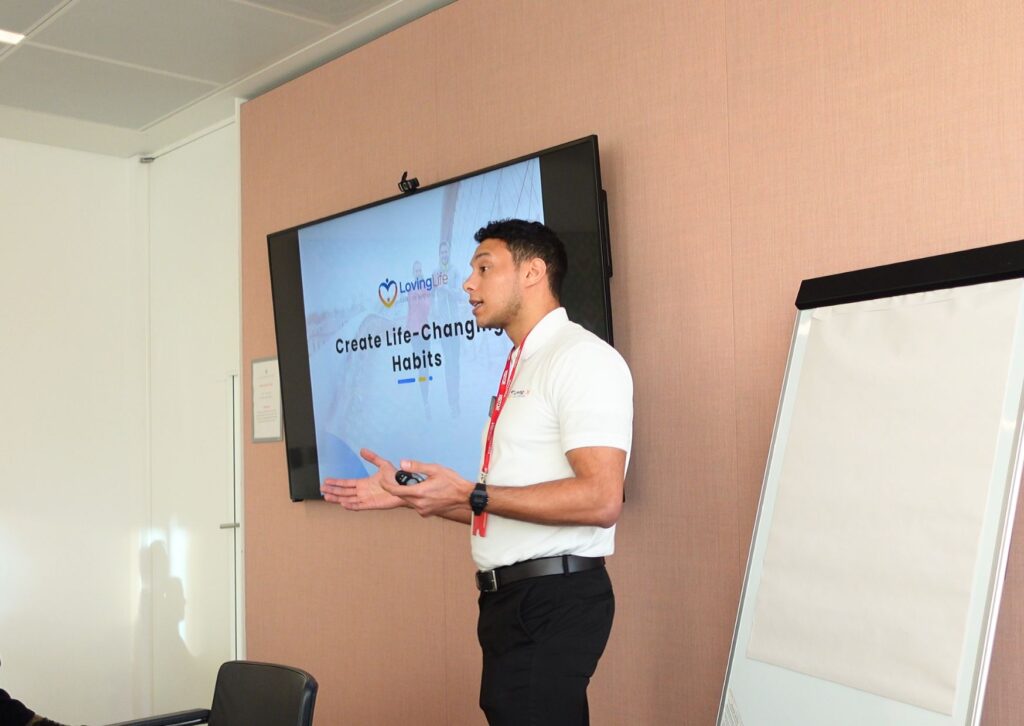
Avoid Eye Contact
Looking directly into an audience member’s eye when speaking can sometimes be distracting and off-putting.
Eye contact is a great way to engage people when you’re more comfortable doing so, but initially, this may throw you off.
I often tend to look around the room, at objects or whatever is available that helps me to avoid looking into someone’s eyes.
This technique works well for me but it’s important for you to experiment and see what works best for you.
When I deliver workshops, eye contact is a must. It helps people to connect and engage in my sessions but being able to do this has come with experience.
Use Tone of Voice
I’m a firm believer of “it’s not what you say, it’s how you say it”.
I could say the same thing in a variety of ways and it mean completely different things each time.
Imagine this; you tell me that you have your first speaking engagement and I respond with the word “Really”. I could say this in a range of ways. Excited, disapproving, sarcastic, nonbelieving, you get the point.
Same word, a variety of different meanings.
This is why your tone of voice needs to match the story you are telling while public speaking.
This may be difficult to deliver on initially, but the more you do it, the easier it will become.
Connect Emotionally
When we draw on emotion throughout our speaking engagements, it helps to establish an emotional connection with our audience.
In my workshops and speaking engagements I use my personal and relatable experiences to help people truly relate and connect.
I consciously leverage the power of emotion, drawing upon my own vulnerabilities and experiences.
These genuine moments of vulnerability help to create an atmosphere of authenticity and openness, enabling individuals to not only empathise but also feel inspired and motivated to embrace their own journeys.
Video on Overcoming the Fear of Public Speaking
Public speaking is most definitely one of the best skills I’ve learned over the years.
Learning to talk Infront of an audience has not happened overnight and if you’re going to embark on this journey, please continue to learn from your failures, be patient and keep practicing.
Author
Tyler Lowe – Health & Wellbeing Speaker
BSc Sport & Exercise Rehabilitation


